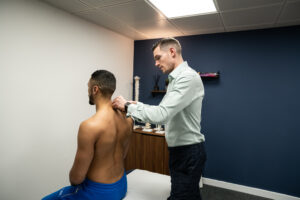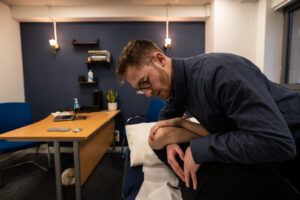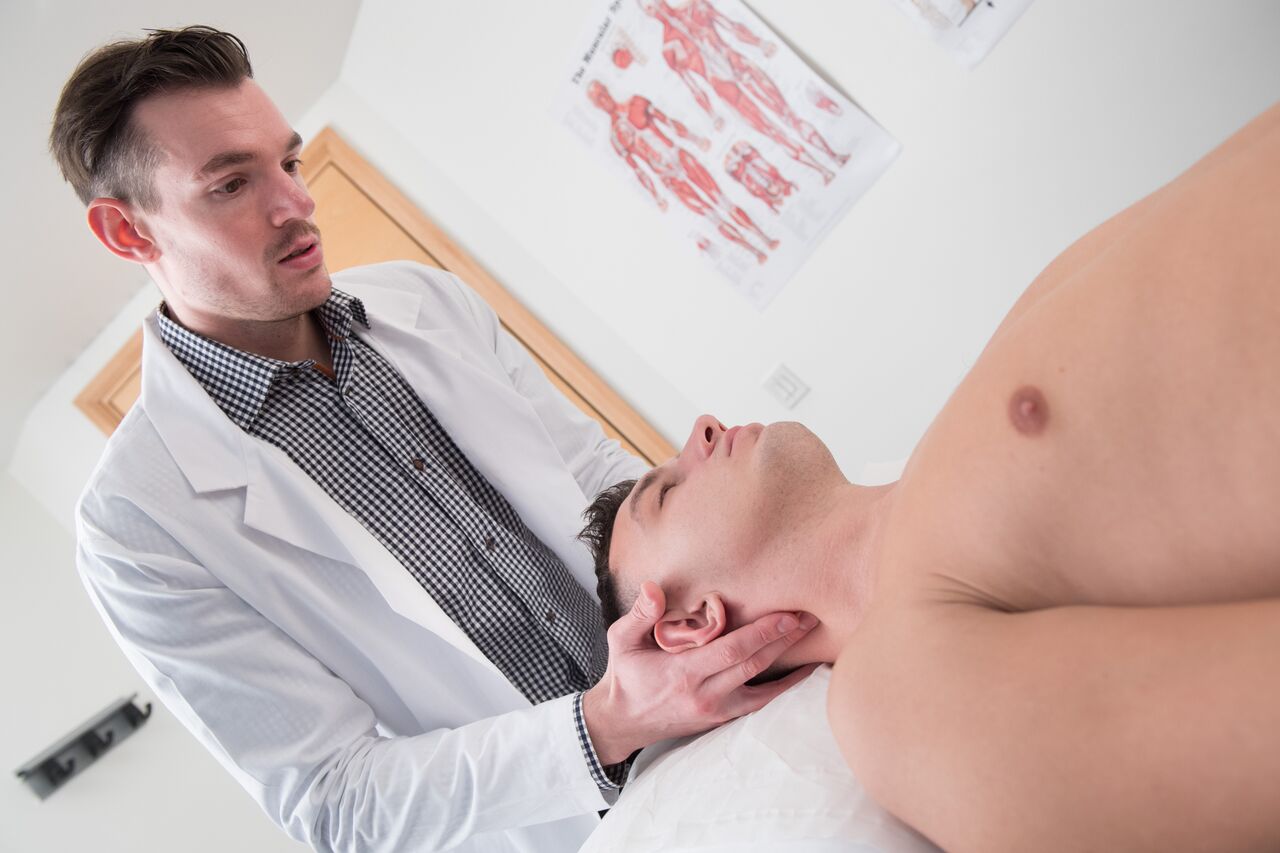What is osteopathy?
And Why Should You Care?
Osteopathy. It’s a pure relief that’s what it is. Relief from stiffness in your muscles and joints, spinal disk injuries, joint stress, tension headaches and migraines and a whole bunch of other things too – better joint motion, it’ll even help you in pregnancy adapting to hormonal changes.
And that’s exactly why you should care.
If you’ve ever suffered a bad back, a damaged shoulder, a sports injury perhaps or your posture has betrayed you after years spent slouching at your desk, then you’ll know exactly how uncomfortable, not just uncomfortable, but downright miserable life can become. Even the seemingly smallest of causes, a twist, a slip, a sneeze can cause seismic suffering.
Suffering that we osteopaths dedicate our professions to alleviating.
The Net Benefits of Back Cracking
Probably best known as neck and back crackers, though we specialise in the spine it doesn’t mean we only treat the spine. We can diagnose and treat a whole range of complex ailments.
And did you know too that all of us train to Master’s degree level? Or that our advanced manual techniques are clinically more effective than massage therapy or static stretching? Which of course means less time in pain, out of action or on the treatment table for you. More time getting on with your life.
Sticking It to the Drug Companies
First used in the late 18th century, the argument went much like this… ‘Yes, drugs are of course essential to treat certain ailments. Of that there’s no doubt. What is in doubt though is the scope and scale of drug prescription. For whatever reason, financial gain, lack of obvious alternatives or fashion, drugs are often overprescribed. osteopathy with its ability to diagnose and manage musculoskeletal conditions can play an essential role in a more meaningful more holistic form of healthcare.’
What’s that about diagnosis?
Osteopathic diagnosis comes in two forms:

• Allopathic diagnosis: the use of evidence based testing (like blood pressure, joint tests or reflexes) to determine a measurable conclusion about a patient’s heath.
• Osteopathic or naturalistic diagnosis: identifies tissue balance issues or general life-style anomalies that can be corrected simply through manual adjustments or advice. For example, a lack of pelvic mobility that could lead to back pain, advice on getting sunlight instead of taking vitamin D supplements (and explaining why this is more beneficial), or using a mindfulness technique for stress management.
It’s a simple enough concept. As no two of us are the same personality-wise so we won’t be the same physiologically. osteopathy acknowledges this and focuses on diagnosing individual people not text book ailments.
Osteopathic Consultation
An initial consultation identifies the most appropriate management strategy and sets the co-ordinates for treatment. For example treating a suspected fractured spine wouldn’t be in anyone’s interest.
It’s an ongoing strategy. Relying on our sense of touch to feel tightness in tissues, similar to when a surgeon knows when a joint is clear from debris or a dentist can tell the decayed part of the tooth has been removed we continually monitor our patients’ well-being and progress.
Osteopathic treatments cover a wide range of issues, here are just a few modalities we use:
- Osteopathic manipulation and mobilisation

- Dry needling
- Sports taping (including K tape)
- Exercise and rehabilitation advice
- Proprioceptive neuromuscular facilitations (PNF) and muscle energy technique stretching (MET), which has been shown clinically to be more effective than massage and static stretching at reducing muscle tension
- Postural and ergonomics advice
An Ongoing Management Strategy
It’s the management strategy that makes sure treatment is moving in the right direction.
Like a Formula One racing car, every part of the treatment needs careful attention to give it the best chance of success. A careful blend of the subjective (how the patient feels) and objective (the criteria that the osteopath applies to ensure no recurrence of the injury) is essential.
For example, if a patient complains of knee pain, even if the pain is relieved, there still may be biomechanical issues that mean the pain will come back again. The good news is that once the pain has gone the time it takes to resolve the biomechanical issues is significantly shorter.
Who’s in Charge of Us – And Why
Osteopaths in the United Kingdom are regulated by the General Osteopathic Council (GOsC).
Registration is renewed annually to make sure all osteopaths meet the highest standard of clinical practice, that they’re healthy, have current professional indemnity insurance and are committed to significant Continual Professional Development (CPD).
Why? Simple.
Because better quality osteopaths means better quality patient care.
Costs
Initial consultation – £67 continuing – £42
Questions? Concerns?
Please don’t hesitate to contact the clinic on: 0161 236 3726
info@movementandwellbeingclinic.co.uk
